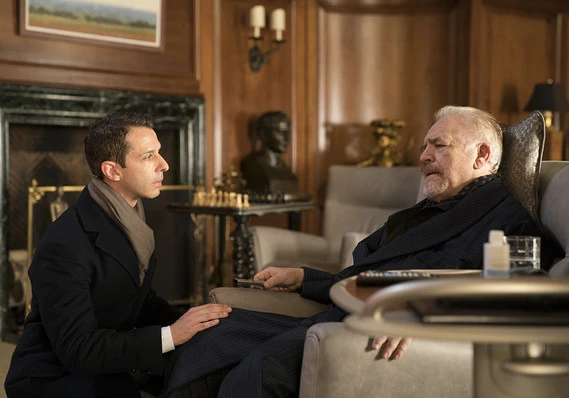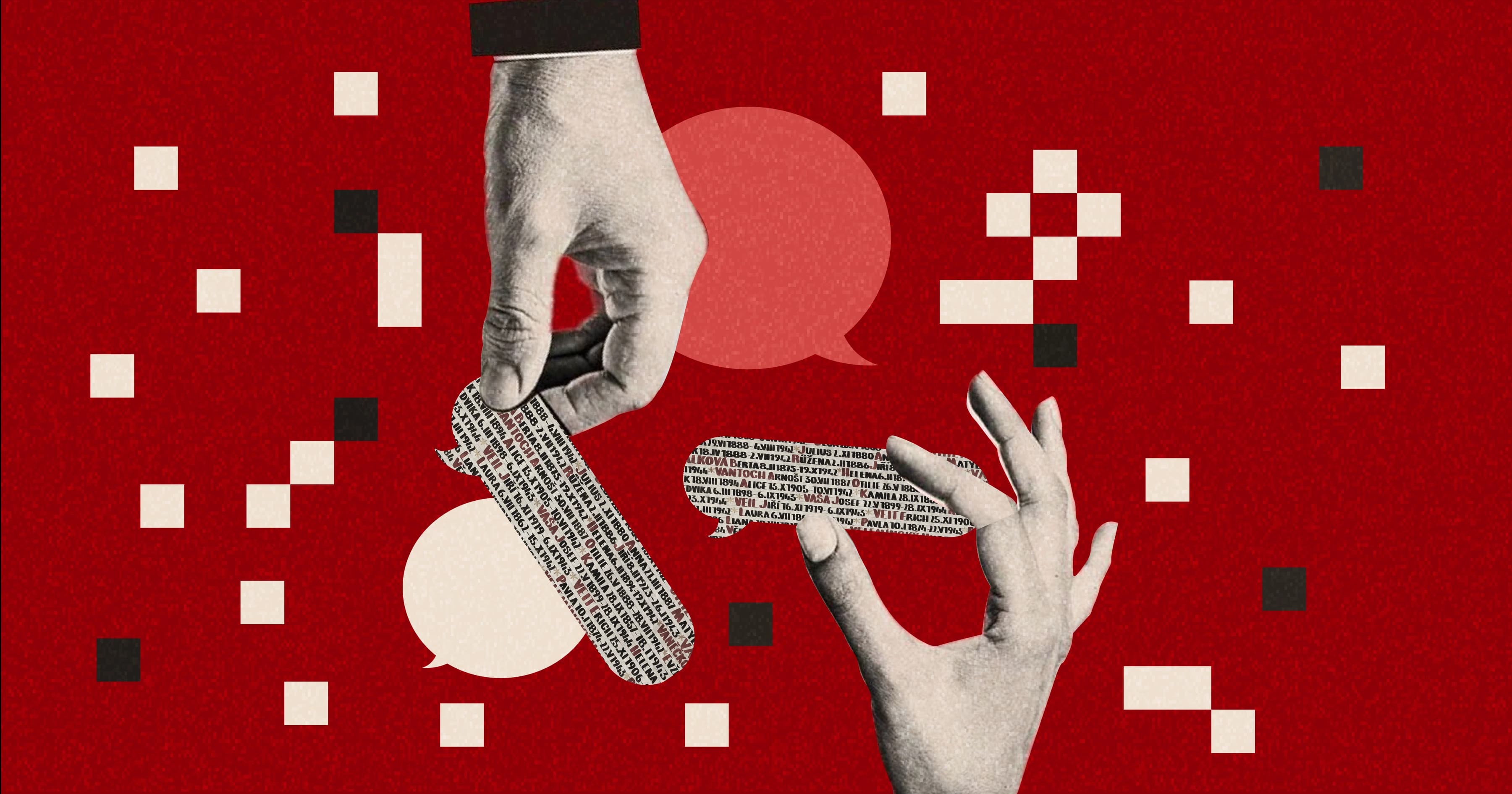Examples of Good Communication in Media
In 2015, then-Vice President Joe Biden appeared on The Late Show with Stephen Colbert, shortly after the death of his son, Beau Biden, from brain cancer. What was expected to be a political interview turned into something far more tender and intimate. Biden spoke about grief, loss, and resilience. It was two people sitting with grief, pausing to gather themselves, letting silence stretch between words that were too heavy to carry alone. Exactly the definition of empathetic.
That’s good communication.
After retiring from The Late Show, Letterman returned with My Next Guest Needs No Introduction on Netflix. Gone were the punchlines and Top 10 lists. His Netflix shows are messy, gentle, and human. He asks a question and then waits. Really waits for the guest to open up and take the lead.
That’s good communication.
Oprah Winfrey has always demonstrated that good communication is less about clever phrasing and more about emotional safety. People open up more because she’s there, listening silently but wilfully. When Brené Brown takes the stage, she wears her heart out on her sleeve. Over his mic, quite so charismatic and captivating, Barack Obama builds arguments brick by brick and sticks the landing, even when the crowd starts clapping halfway through his speech.
These are all people who play to the audience and understand that good communication has three essential ingredients: attention, empathy and at times, wit.
Have you ever seen Robin Williams in an interview? He’s a firehose of jokes, yes, but also a master of emotional timing. His most powerful moments are the unscripted ones: when he softens, when he’s surprised into honesty, when he veers off the laugh track and just talks.
Good communication skills are about caring more about the conversation than your performance inside it.
We’ve Confused Communication with Transmission
But somewhere along the way, we decided to optimize language like it was logistics.
We built tools that made it faster to say something and harder to know if anything was actually felt. Research shows that strangers correctly infer another’s thoughts and feelings only about 20% of the time. Even close friends and couples average just around 30% accuracy.
Nowadays, every app teaches you how to be “a better communicator,” as if the human process of realization is a problem. As if hesitation means failure. As if the pause, the sigh isn’t the moment where real connection truly begins.
We think that if we just talk better with the right frameworks, emojis, or AI-rewritten emails, people will suddenly understand us, love us, agree with us, and follow us. But that’s not understanding. It’s just indifference and, by association, mutual detachment.
Communication Is Not Your TED Talk
You can rehearse your lines, yes. But the second another human being enters the picture, everything changes.
Now it’s a relationship, not a monologue.
Communication, real communication, is an act of co-creation. It’s two (or more) people building and transferring meaning together in real time.
But we’ve made communication a deliverable. Something you nail. Something you master. Something you post, caption, automate, and monetize.
And in doing so, we’ve stripped it of its core sanctity, which is to explore. The kind where you genuinely don’t know what comes next, and you're brave enough to stay there with someone, in that not-knowing, long enough for the words to arrive.
Pause a Little And Communicate
In music, there’s something called a rest. An absence of sound, a silence that matters. The absence of meaning implies the presence of one. It’s intention.
We need more of that in our conversations. More pauses where we don’t rush to respond. More space to not know. More time to circle the words before choosing them.
"People will forget what you said, but people will never forget how you made them feel."
Maya Angelou
Not eloquence, but honesty. Not the flawless transmission of data, but the fragile, flawed attempt to connect, and the willingness to try again when you miss.
In Emmy-winning HBO hit series, Succession, when Kendall Roy fumbles over words in a boardroom and Logan bulldozes him with a glare, that’s not just him power tripping. Kendall believes in rebuilding legacy with some warped sense of morality. Logan believes legacy means never giving up or caving in.
How they communicate then becomes a fantastic way of showing their character dynamics.

This happens in real life too. When someone keeps interrupting you in a meeting, you might think they don't respect you. But zoom out, see things down from a vantage point and maybe it’s not personal.
Maybe they value speed over deliberation. Maybe their idea of efficiency is dominance, not deliberation.
We don’t always speak the same language, even when we share the same words.
What Makes a Good Communication Breakdown?
There’s a scene in Marriage Story where Charlie and Nicole are finally honest, and it all erupts. The calm they’d maintained for the sake of their son shatters. Words become weapons. Pain floods in.
But in that breakdown, we see the truth: not just about the marriage, but about the people they had become. The shadow selves they’d hidden, resentful, fearful, tired.
Good breakdowns make the invisible, visible.
Not all breakdowns are good. Some are cruel. Some break people instead of opening them.
But some are useful. A good communication breakdown is inevitable (if you're honest enough), insightful (if you're paying attention), and instructional (if you're willing to learn).
If done right, a breakdown clears the fog. It tells you what someone really cares about. What the system actually prioritizes. And what pain has been hiding under the front.
How to Communicate (When It Actually Matters)
- What people don’t say often matters more than what they do. Watch the pause. The flinch. The delay.
- Most miscommunication isn’t about what’s said. It’s about what was assumed.
- The fastest way to show someone you’re listening is to repeat what they said, in your own words. It sounds simple. That’s why no one does it.
- If you feel the urge to speak quickly, you’re probably trying to win, not understand.
- People get defensive when they feel cornered. Curiosity is the way out.
- Being right is satisfying. But being understood is what makes conversations work
Remember that good communication isn’t efficient. It’s definitely not perfect. It’s not always even clear. Maybe it’s sometimes being present. And perhaps it’s letting someone else interrupt the version of yourself you’ve rehearsed, the one you want to be and not the one you are.
And that’s what makes it good.
This is Part 2 of our series on Effective Communication. Catch up on Part 1 here.

.webp&w=2048&q=75)

